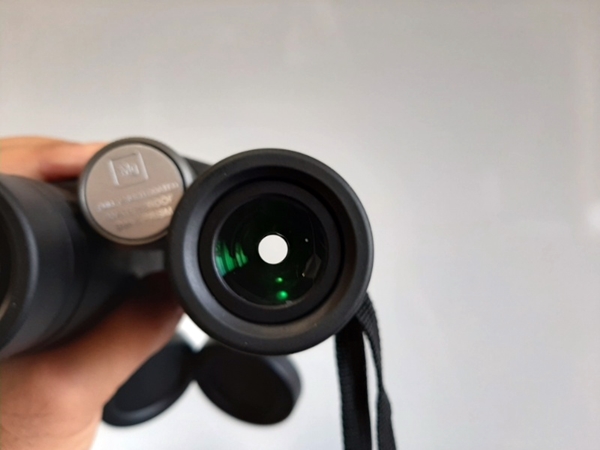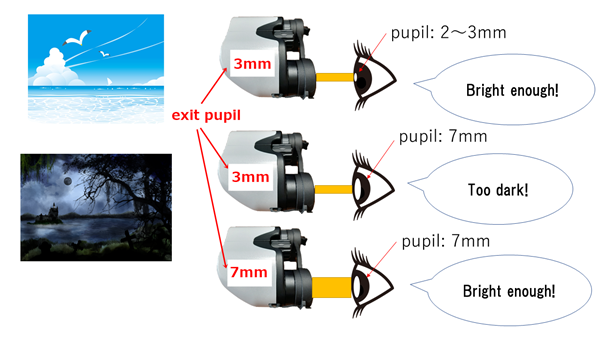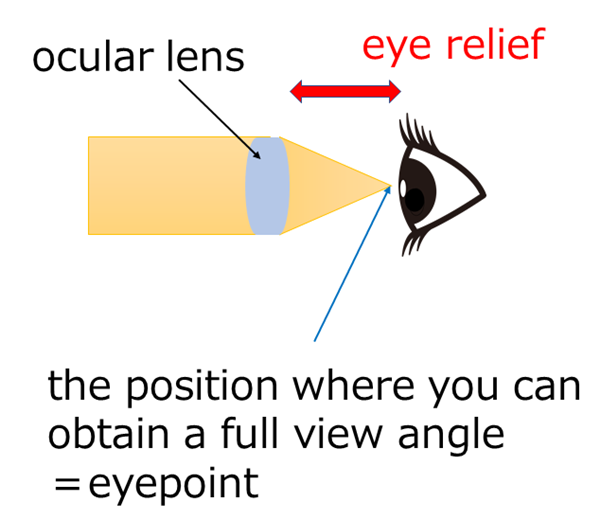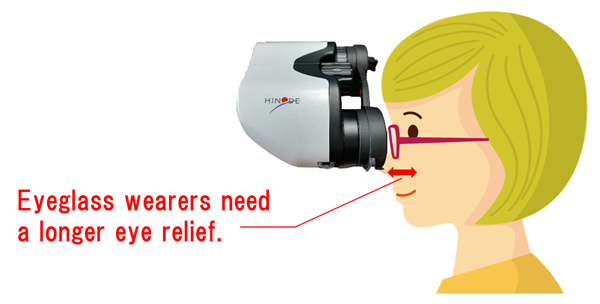I have been using binoculars for over 40 years and have come to the conclusion that when choosing which binoculars to buy, there are several trade-offs.
Most powerful binoculars are bulky and heavy. Compact binoculars with high magnification produce a shaky image that is dark and blurry.
Most people buy very few, if any, binoculars in their life. Those that do often do not know what is good and what is not good. Even if you happened to choose terrible binoculars, you might think that they are not so bad.
I promise you that a nice pair of binoculars will produce a stunning image. A bit of knowledge will help you in choosing good binoculars for your needs.
Contents
What do you use binoculars for?
First of all, it is essential to think carefully about what you will be buying binoculars for. Do you want them for concerts or perhaps bird watching?
Some people want to find binoculars for multi-purpose use. However, I don’t think you will be happy with such a pair.
If you have a specific purpose in mind, you are more likely to be able to find a good pair of binoculars for your needs.
This graph shows how different combinations of magnification and aperture are used for each purpose. The horizontal axis represents an aperture (the diameter of front lenses). The vertical axis is magnification (how many times closer the image will appear).

As you can see, different types of binoculars are used for different purposes.
For instance, if you want binoculars for stargazing, I suggest that you buy large binoculars such as 8×42 or 7×50 with over 5mm exit pupils (see below).

On the other hand, if you need binoculars for concerts, you’ll want to choose something more compact such as 5×20.

With a more specific purpose in mind, you can get better binoculars which you will be able to use for a long time.
Deciding on magnification and aperture
There is a combination of numbers printed on most binoculars. Here’s what they mean;


6×30 means that this pair has 6 times magnification (the image will be 6 times closer), and 30mm in aperture (the diameter of the front lenses).
You might assume that the higher the magnification, the better the quality. That is, however, a big misunderstanding among novices.
Generally speaking, high magnification causes a lot of problems: a darker, blurry image and a narrow field of view.
Add to that, the difficulty in keeping the binoculars from shaking will be emphasized. This can be especially annoying.
To solve these problems, you need to collect more light with larger objective lenses. Unfortunately, this causes another problem: a bulky and heavy body that you won’t want to carry around.
Exit pupil: the key factor in binocular brightness
If you hold your binoculars about 30cm away and look through the ocular lenses (eyepieces), you can see bright circles in the middle of them.

They are the exit pupils. The larger the exit pupils are, the more light you can get through the binoculars.
The diameter of the exit pupil can be calculated as follows:
Aperture (mm) ÷ Magnification = Exit Pupil (mm)
For example, 7×42 binoculars have 6mm exit pupils.
The pupils in your eyes are around 2-3mm in daylight, whereas in a dark place they can dilate to a maximum of about 7mm.
Also, as you grow older, your pupils become less wide. People in their fifties can only dilate their pupils to around 5mm.

A high exit pupil means that the binoculars will perform well even in dim light. However, if you use binoculars mainly in daylight, a 4 mm exit pupil is sufficient.
For the reasons mentioned above, for beginners, I highly recommend binoculars with a magnification of 8 or lower.
If you want compact binoculars for concerts, it’s safer to choose a magnification of 6 or less and still keep a bright image.
Deciding on your price range
Indeed, if you can afford to buy the best binoculars, you have nothing to worry about.
However, since most of us live on a budget, you need to choose the best binoculars for your needs.
Unlike ordering coffee at a cafe, binoculars are not something you would buy every day. This is why you may have difficulty in evaluating a good pair.
In the price range under $50, there are very few good binoculars. Most of them are as good as toys.
Most of the decent, affordable binoculars are in the range of $100 to $400.
This price range has a mixture of good and bad. Some people still think binoculars made in China are less sophisticated in quality, but that isn’t necessarily so.
In the past decade, I have found more and more good binoculars from China (although there still remain many terrible ones). In my opinion, the main point is how thoroughly quality inspections are done before they are sold on the market.
A good example is the Japanese manufacturer Hinode Optics who spend a lot of time and effort inspecting the binocular components they receive from China before they assemble and sell them.

When I visited their office, I was surprised by how many binoculars and components were discarded or returned to the manufacturers in China because they did not meet their high standards.

This is how good quality Chinese binoculars make it to the market.
In the price range between $100 and $400, it is possible to find good quality binoculars with a wide range of uses.
Do you wear glasses? If so, check eye relief and IPD
Do you wear glasses? If so, check “eye relief” (the distance between the ocular lens and your eye) in order to see the whole picture and IPD (the distance between the center of your pupils).
First, you want to get the eye-cups to touch your face lightly. Next, slowly move the binoculars away from you until you find the point where you cannot see the full picture anymore.
This point is called “eyepoint.” “Eye relief” is the distance between the ocular lenses and the eyepoint.

Eye relief is important, particularly for eyeglass wearers because their eyes will be further from the ocular lenses. In other words, eyeglass wearers need binoculars with longer eye relief.

A 15mm eye relief is usually long enough for eyeglass wearers. Binoculars with a long eye relief enable eyeglass wearers to get a full field of view.
Please check whether the binoculars you buy have a long eye relief or not.
IPD(Interpupillary Distance)
If you give binoculars to a child, check their IPD (Interpupillary Distance) first!

The simplest way to measure IPD
Giving a nice pair of binoculars to your child as a birthday present is a great idea. However, if your child is under the age of 10, they might not be able to use them because of their short interpupillary distance.
As shown in the picture below, on most binoculars, you can adjust the interpupillary distance from 56mm to 73mm. This is a good range for most adults.

However, if a child’s IPD is 55mm or less, they will not be able to see a single, circular image. They would see a ∞ shaped view unless they adjust the binoculars to their IPD.

 Some binoculars have a 52mm minimum IPD, so be sure to see the specifications.
Some binoculars have a 52mm minimum IPD, so be sure to see the specifications.
How to evaluate the quality of your binoculars
This may sound elementary, but the specification numbers on many binoculars are mostly in theory, not in actual practice.
There are no numbers to indicate sharpness, how much aberration they have, and how generous the eyepoint is.
If specification numbers were the only criteria, then in theory, budget and high-end binoculars would have the same quality.
Beginners need to pay attention to some things which specification numbers do not tell you.
Let’s look at these three important points, one by one.
1: Sharpness & Brightness
When people use binoculars and say, “These binoculars are amazing!”, they mean that the binoculars have a razor-sharp image and excellent brightness.
Sharpness highly depends on the optical design and polishing accuracy of the lenses, yet most of us have no idea how they were manufactured.
In my view, comparing as many binoculars as possible under various conditions is the only way to appreciate which ones are truly the sharpest. However, few people have a chance to do such comparisons.
Furthermore, people are increasingly buying binoculars online. In this case, all you can do to judge the sharpness is to read other consumers’ ratings (which are often untrustworthy).
I think a good way to judge sharpness is to look through some of the best binoculars. If you get a chance, try out some of the best binoculars such as Zeiss, Swarovski, or Leica and enjoy every bit of the razor-sharpness.
From there, you should be able to tell the difference between great, good, and terrible sharpness.
Brightness can be evaluated, to a certain degree, by looking for the number of the exit pupil. However, brightness depends not only on the exit pupil but also on the grade of lens coating.
When the light goes through glass, it loses about 8% of its intensity. In binoculars, there are usually about ten lenses and prisms inside, which means that only about half of the light coming from the objective lens will reach your eyes.
Good quality binoculars have anti-reflection coatings on their lenses, which raise the light transmittance, producing a brighter image.

Top: Non-coated, Bottom: Fully-coated
Under the light, greenish or bluish reflections can be seen. These are very thin anti-reflection coatings.
Complex combinations of anti-reflection coatings allow higher light transmittance with little ghosting. This produces a brighter, clearer, and sharper image.
It is not difficult, even for novices, to check the grade of lens coatings under a light.
2: Function
As you can see, there are a few moving parts on binoculars: hinges for IPD, the center focusing wheel, diopter setting, and eyecups. If you are buying the binoculars in person, you should move every movable part.
The friction of the movable parts is particularly important when using them. If they are too loose or too tight, they may not perform well in some situations.
If you do buy binoculars online, the first thing you should do when they arrive is to test all moving parts.
3: Eyepoint
The term ‘eyepoint’ is also not found in the specifications but is one of the major factors in deciding how easily binoculars can be used.
The right eyepoint is the position to have a full field of view when looking through binoculars. If your eyes are off the eyepoint, you get a dark area around the edges of your field of view, which is called “vignetting.”
Different binoculars have different leeway in their eyepoint. Some have a very narrow eyepoint, in which users need to stay still and hold the binoculars in the perfect position. Others have a more generous eyepoint, where the users do not experience much vignetting.
The generosity of the eyepoint is made of various factors such as eye relief, the diameter of ocular lenses, and exit pupil. The best way to check the generosity of the eyepoint of a particular pair is to compare them with as many other pairs as possible.
In conclusion, what is shown on the specification sheet, while important, is not the whole story in purchasing a good pair of binoculars. Also, I do understand that following everything I’ve said here is not always possible in every situation but it’s better to be informed before making an important buying decision.
Summary
When novices want to buy binoculars, it can be hard to know where to start. The ratings and comments on websites can be helpful, but having a little more knowledge will help you in choosing good quality binoculars.
Having a specific purpose in mind is always a good place to start. Buying a cheap pair with high magnification will usually give you a less sharp, darker, shakier image.
One cannot ignore binoculars simply because they are manufactured in China. If the importers strictly adhere to quality inspections, Chinese made binoculars can be of excellent quality and affordable.
Long eye relief binoculars help those wearing glasses get a full field view. When giving binoculars to a child, be sure to measure their IPD and make sure they are able to form one image.
Evaluating the quality of binoculars can be tricky. Just keep in mind that some essential aspects are not shown in the specifications.
Binoculars can help you experience a fascinating new world. I hope you choose the ones that are right for you and enjoy them for years to come.
